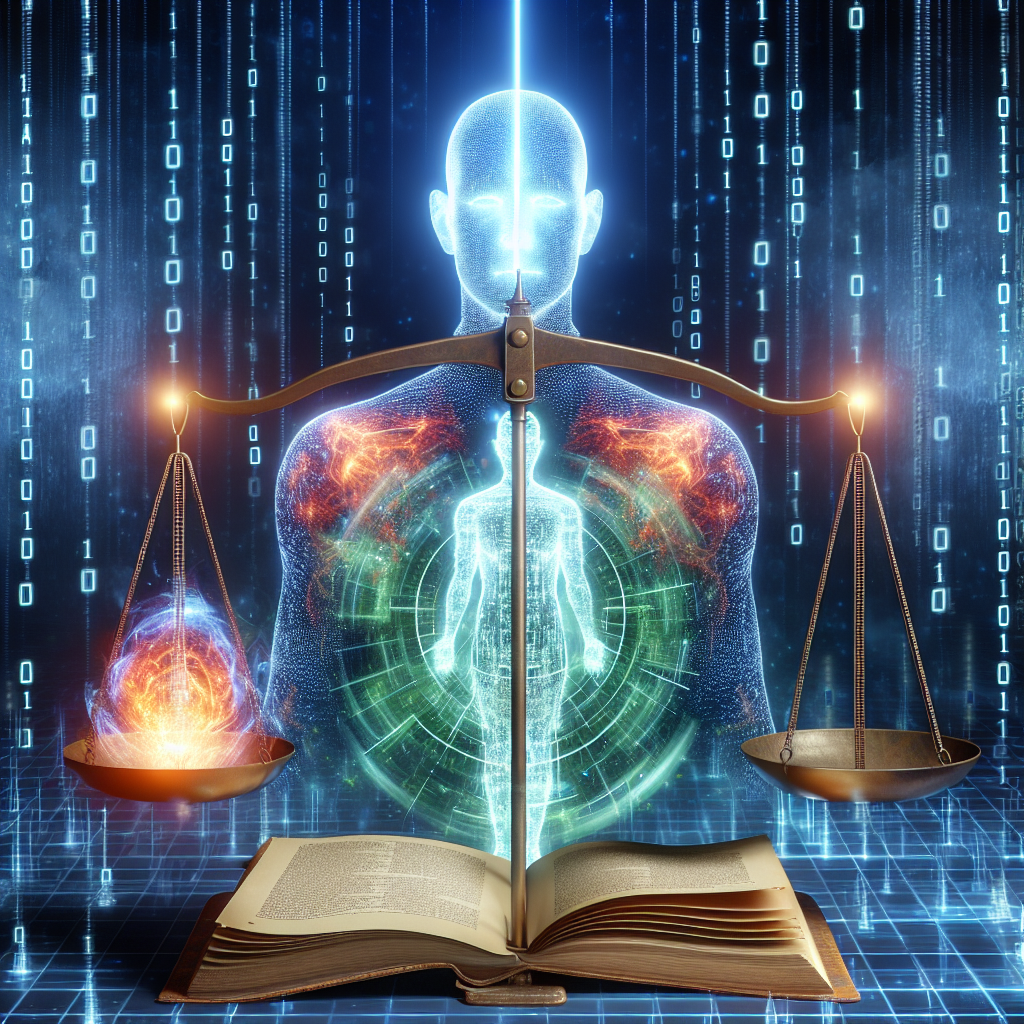Imagine an archaeologist in the year 2125 dusting off an ancient relic. But instead of a bone or a pottery shard, it’s a hard drive—corroded, encrypted, and filled with fragments of memes, photos, and long-forgotten social media posts. In the future, these will be our fossils: digital fossils — traces of who we were, preserved not in stone, but in code.
The concept of digital fossils isn’t science fiction anymore. Every photo you upload, every message you send, and every GPS ping your phone emits becomes part of an immense record of human existence. In a hundred years, our descendants—or perhaps artificial intelligences studying our civilization—will sift through this data the same way we study hieroglyphs or cave paintings today. The question is, what will survive, and what will it say about us?
Digital data is fragile. Hard drives degrade within decades, formats become obsolete, and the internet is far less permanent than we imagine. The “link rot” phenomenon—where URLs vanish or lead to dead ends—already erases chunks of our collective memory every day. That viral video from 2008? It may already be gone from its original host. The same is true for old websites, flash animations, and early digital art. Paradoxically, our information-rich era might leave fewer lasting traces than the Stone Age.
However, humanity is starting to take preservation seriously. Initiatives like the Arctic World Archive in Svalbard store both cultural and digital data in permafrost vaults, designed to last for centuries. Meanwhile, researchers are exploring futuristic storage solutions like DNA data encoding, where information is written into strands of synthetic DNA that can endure thousands of years if properly stored. These efforts are the digital equivalent of sealing our cave drawings inside a glacier.
Still, even if the data survives, will future generations understand it? A file from 2025 might contain a meme, a tweet, or an AI-generated song—but without cultural context, these fragments could be as mysterious as undeciphered ancient scripts. A historian in 2125 might find an archive of TikTok dances and interpret them as ceremonial rituals. Our jokes might be misread as political propaganda, or vice versa. In that sense, a digital fossil is not just a record—it’s a riddle.
There’s also the question of who gets remembered. The internet often amplifies the loudest voices and erases the rest. Billions of ordinary lives unfold online but are buried under algorithmic noise, while the digital footprints of the famous are endlessly replicated. Will the archaeologists of the future recover the everyday humanity of our era—the private chats, the forgotten blogs, the digital diaries—or only the curated highlights of celebrity culture and state archives?
Interestingly, AI may play both the role of archivist and interpreter. Already, machine learning systems can reconstruct lost images or predict missing data. Future AIs could resurrect entire vanished corners of the early internet by inferring context from surviving fragments. A century from now, digital archaeology might mean “reviving” extinct websites and simulated online communities the way paleontologists resurrect extinct ecosystems in virtual form.
But perhaps the most haunting idea is that we are already digital fossils in the making. Each of us leaves behind terabytes of personal data—photos, voice recordings, location trails—that could outlast our physical bodies. Future generations might be able to recreate our likenesses, even our personalities, using AI trained on that data. In a sense, immortality is no longer mythical; it’s statistical.
When historians of the 22nd century open their equivalent of a time capsule, they won’t find bones or scrolls—they’ll find us: our words, our selfies, our digital dreams. They’ll study our data with the same curiosity we reserve for the ruins of Rome or the Dead Sea Scrolls. And maybe, somewhere between a corrupted video file and a perfectly preserved blog post, they’ll catch a glimpse of what it meant to be human in the early digital age—a civilization that learned to carve its legacy not into stone, but into light.




